What’s become of Otl Aicher’s former abode? A visit to the Allgäu.
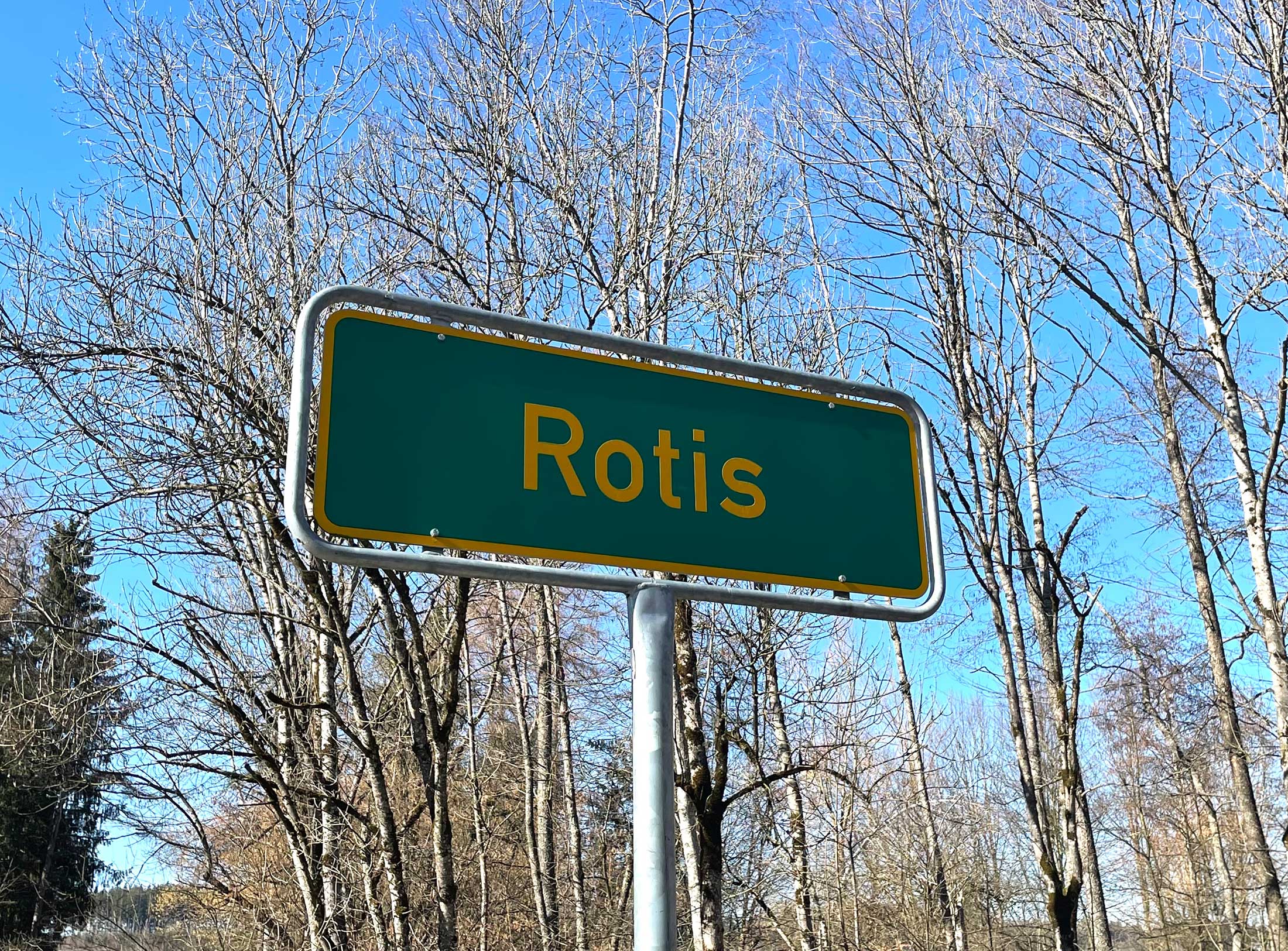

What’s become of Otl Aicher’s former abode? A visit to the Allgäu.
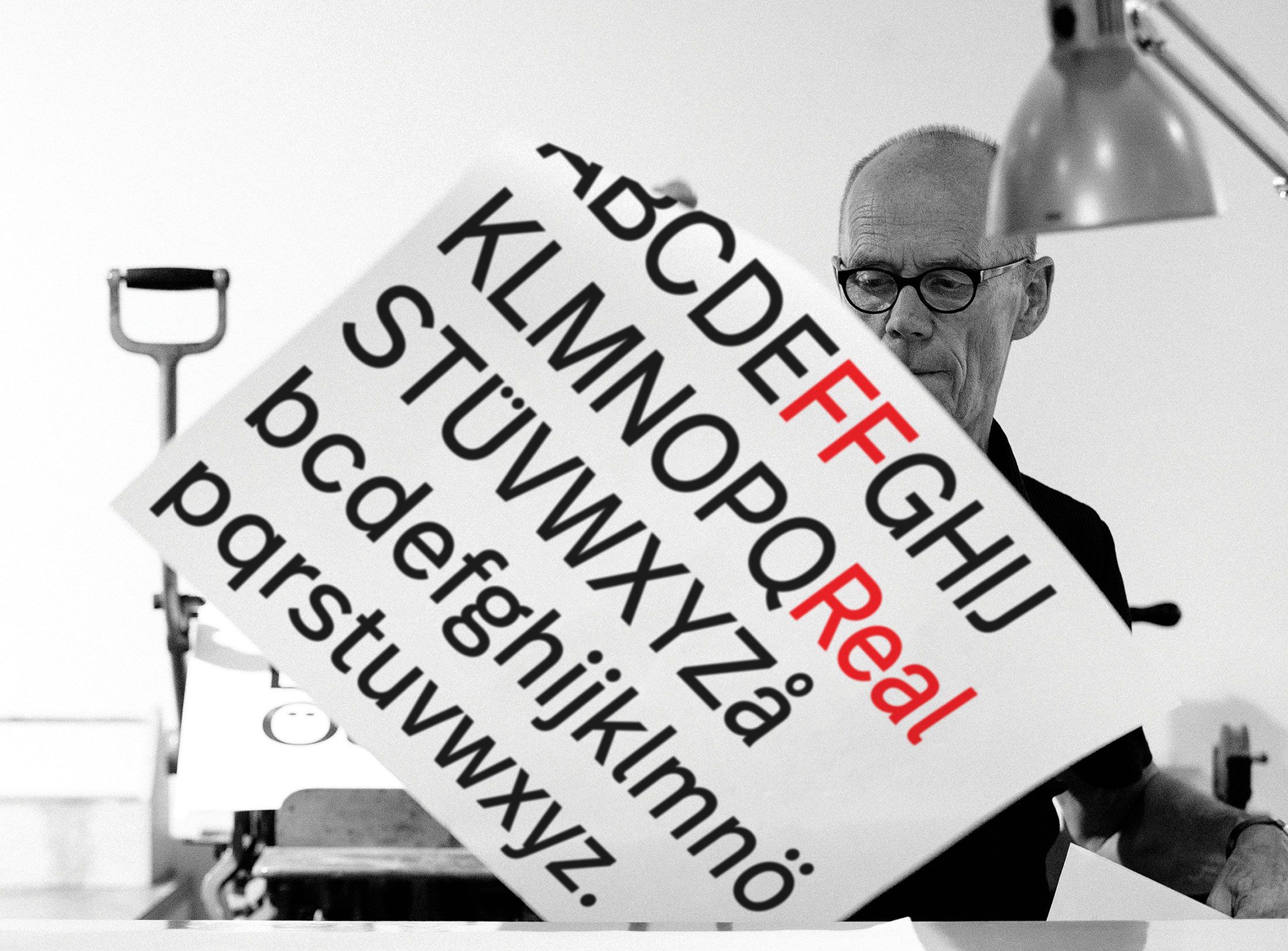
Interviewed: Erik Spiekermann, type designer, author and Aicher critic.
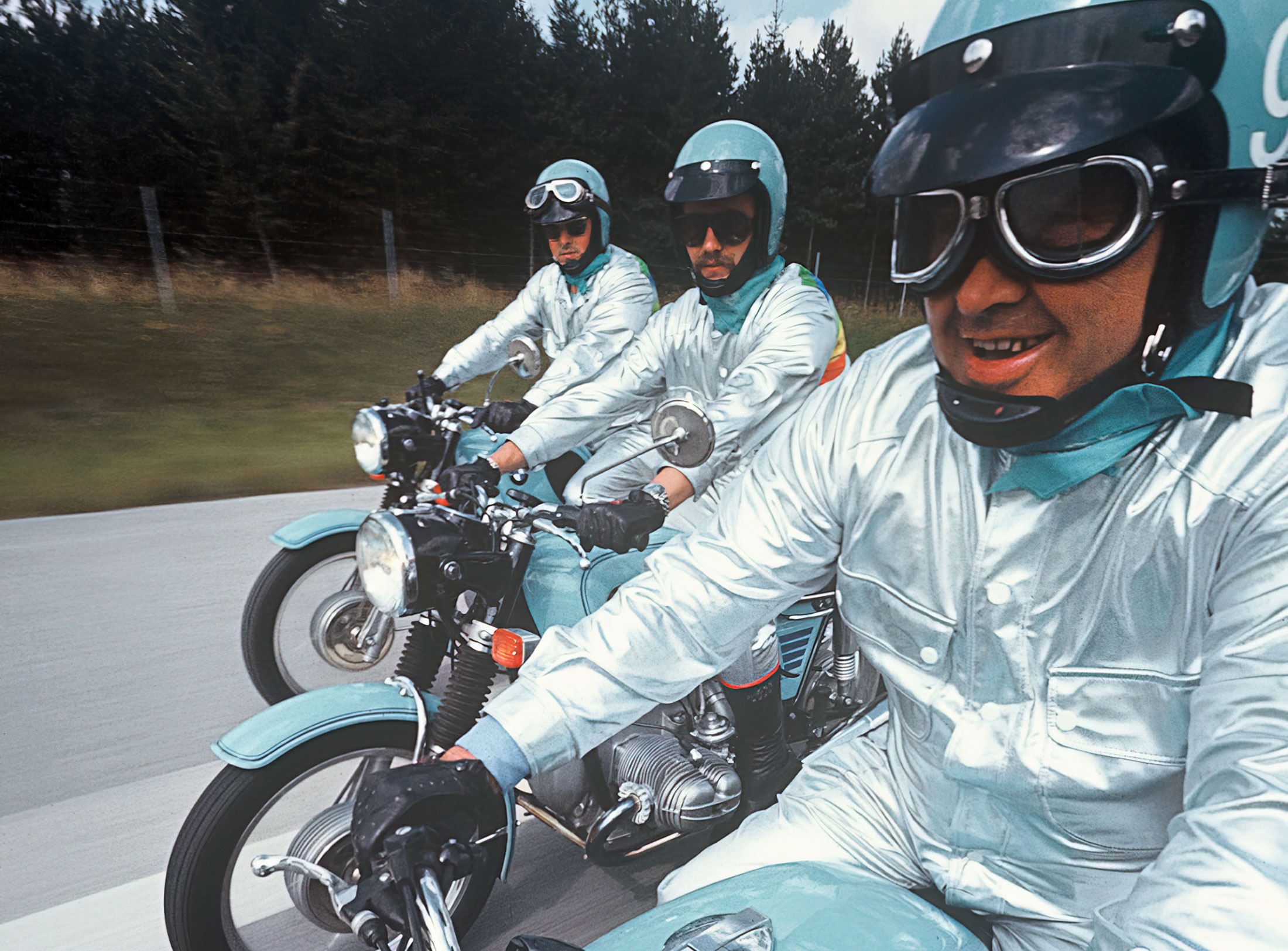
Technology: a central notion and fixed point of perspective in the work of Otl Aicher.
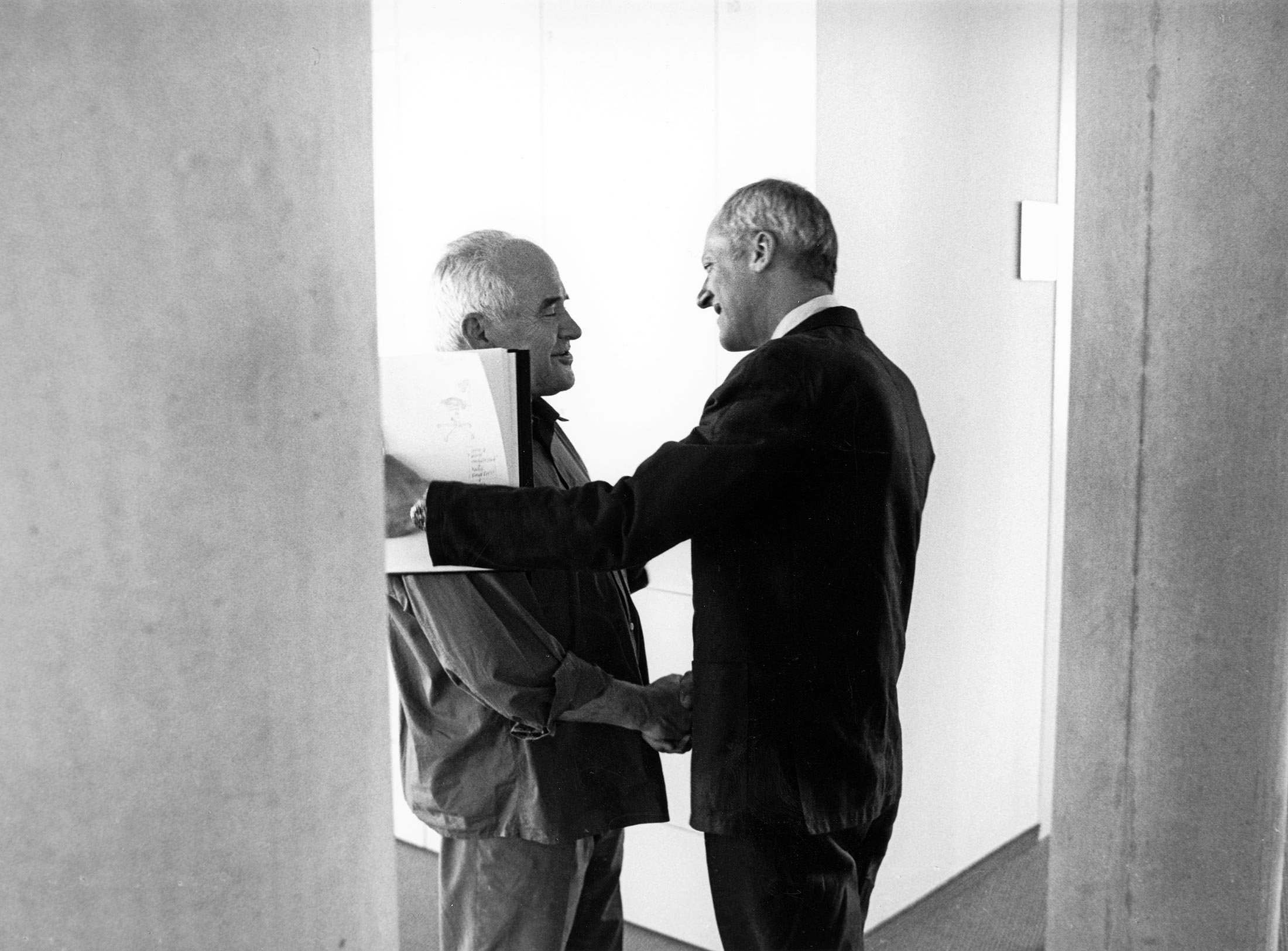
The British architect Norman Foster on his friendship with Otl Aicher: He had absolute integrity.
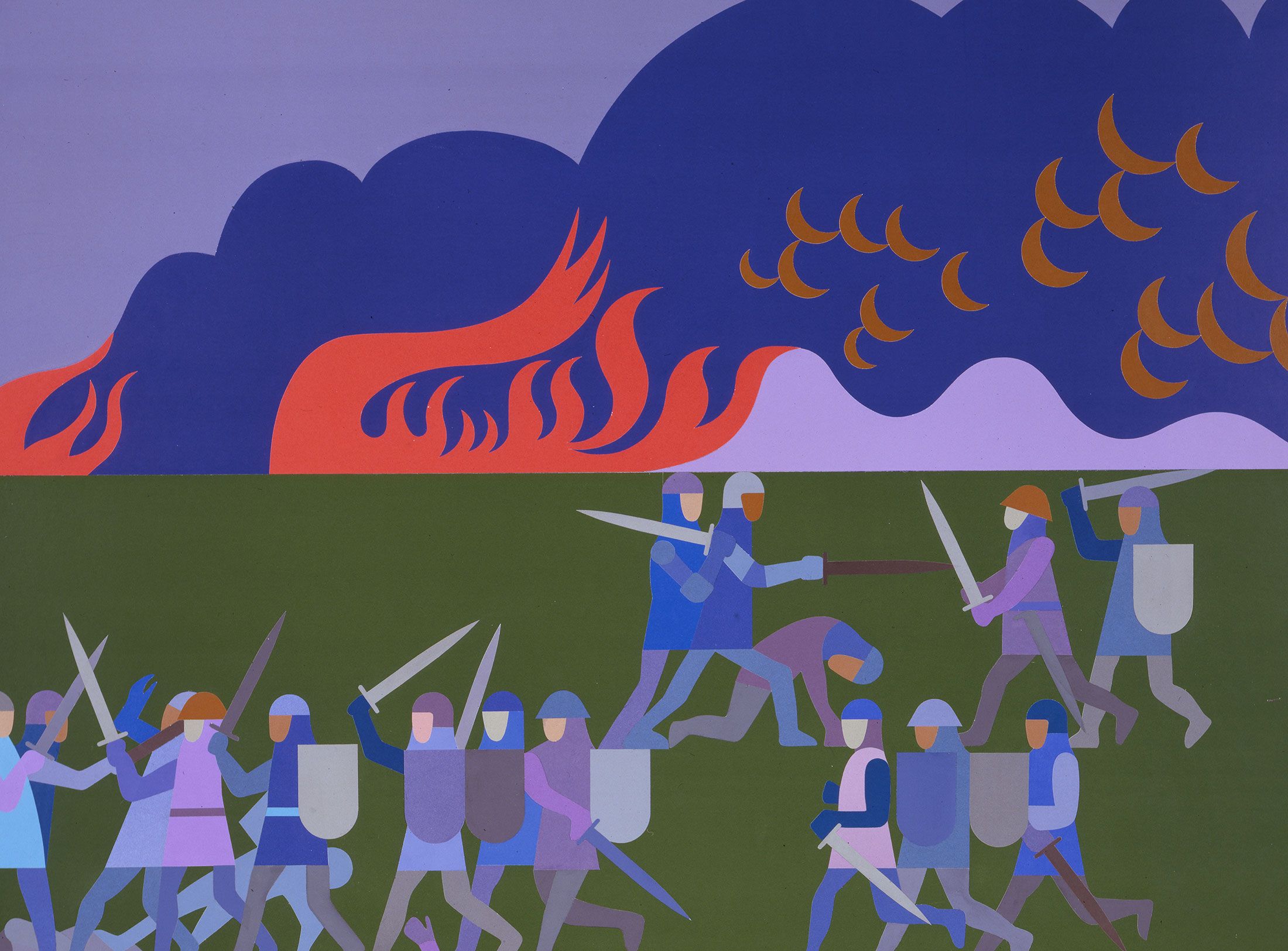
Thoughts on the colour palettes of Otl Aicher.
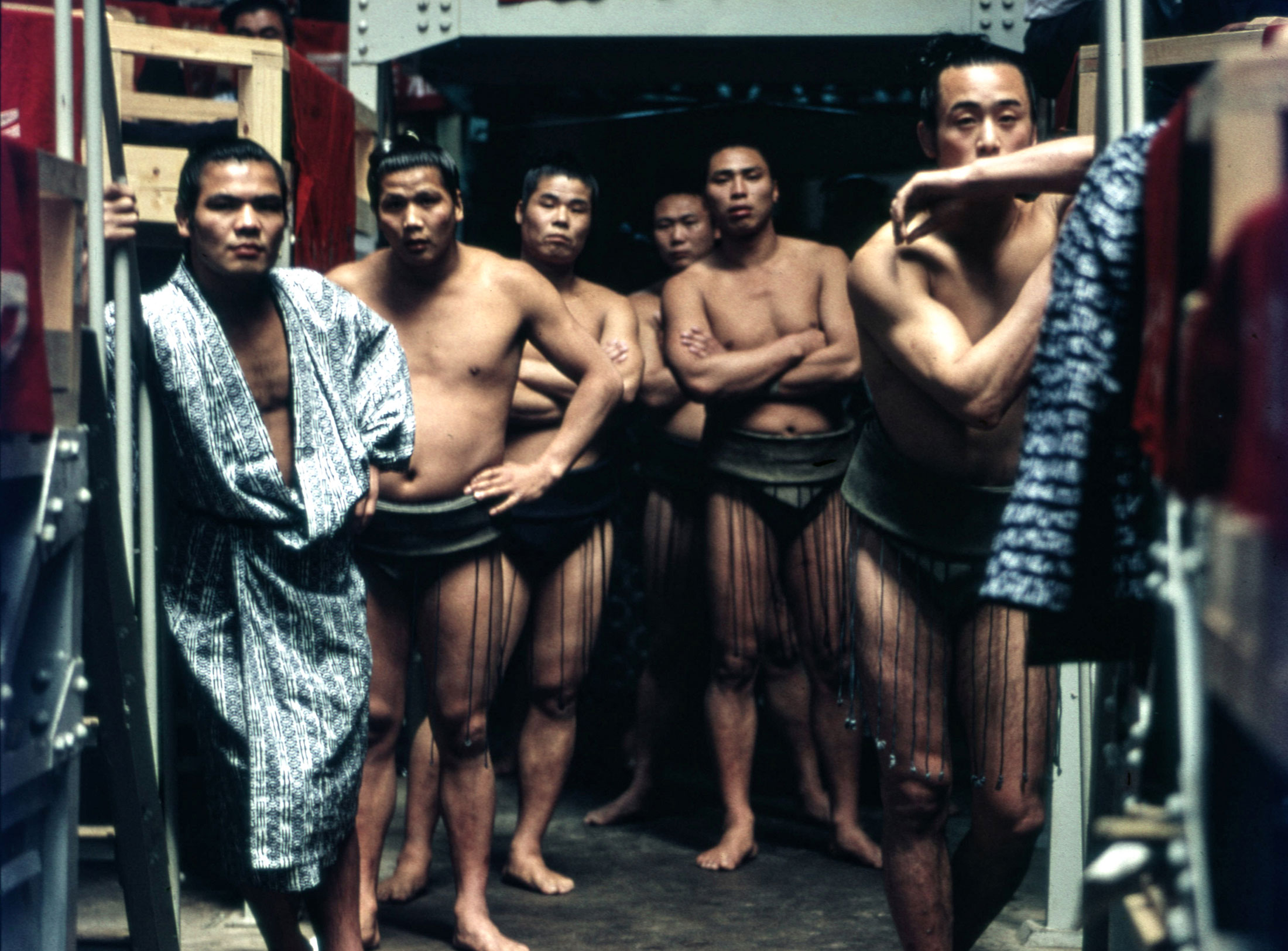
Absolute sharpness, reduction and strict rules determine the character of his pictures: Otl Aicher as photographer.

Under Otl Aicher’s direction, designers, architects and landscape planners shaped the face of the Olympic Games 1972.
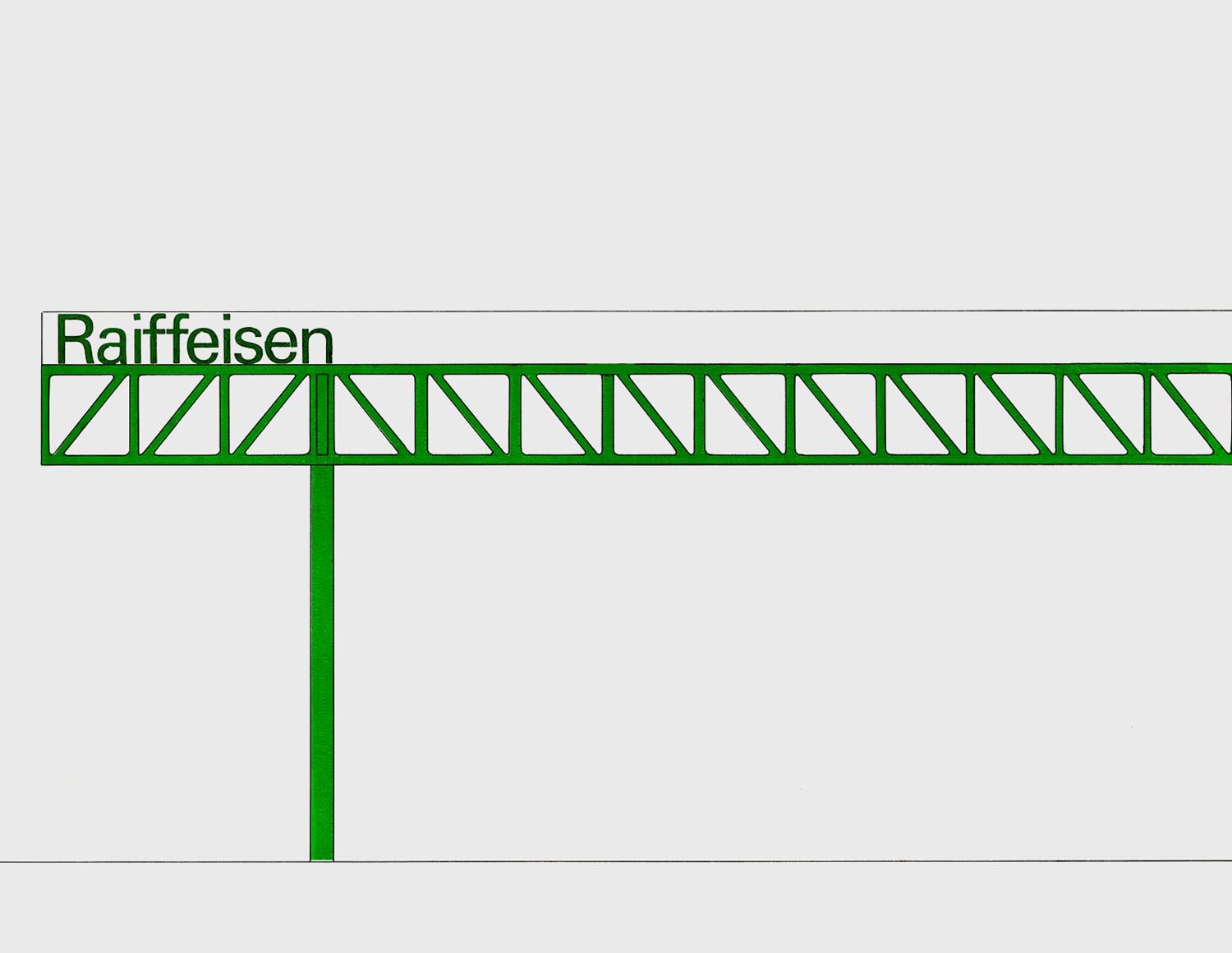
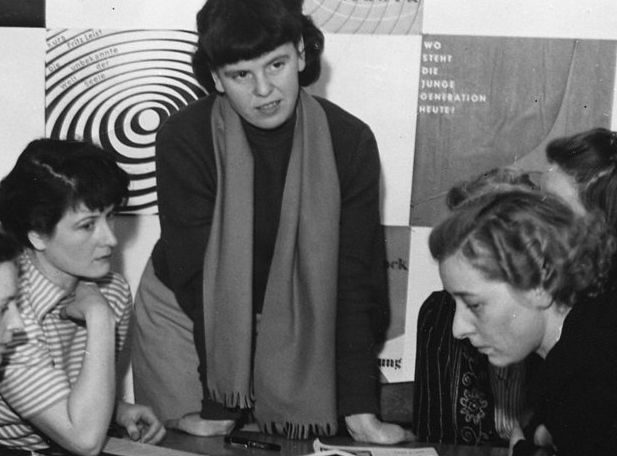
Inge Aicher-Scholl preserved the legacy of the White Rose.
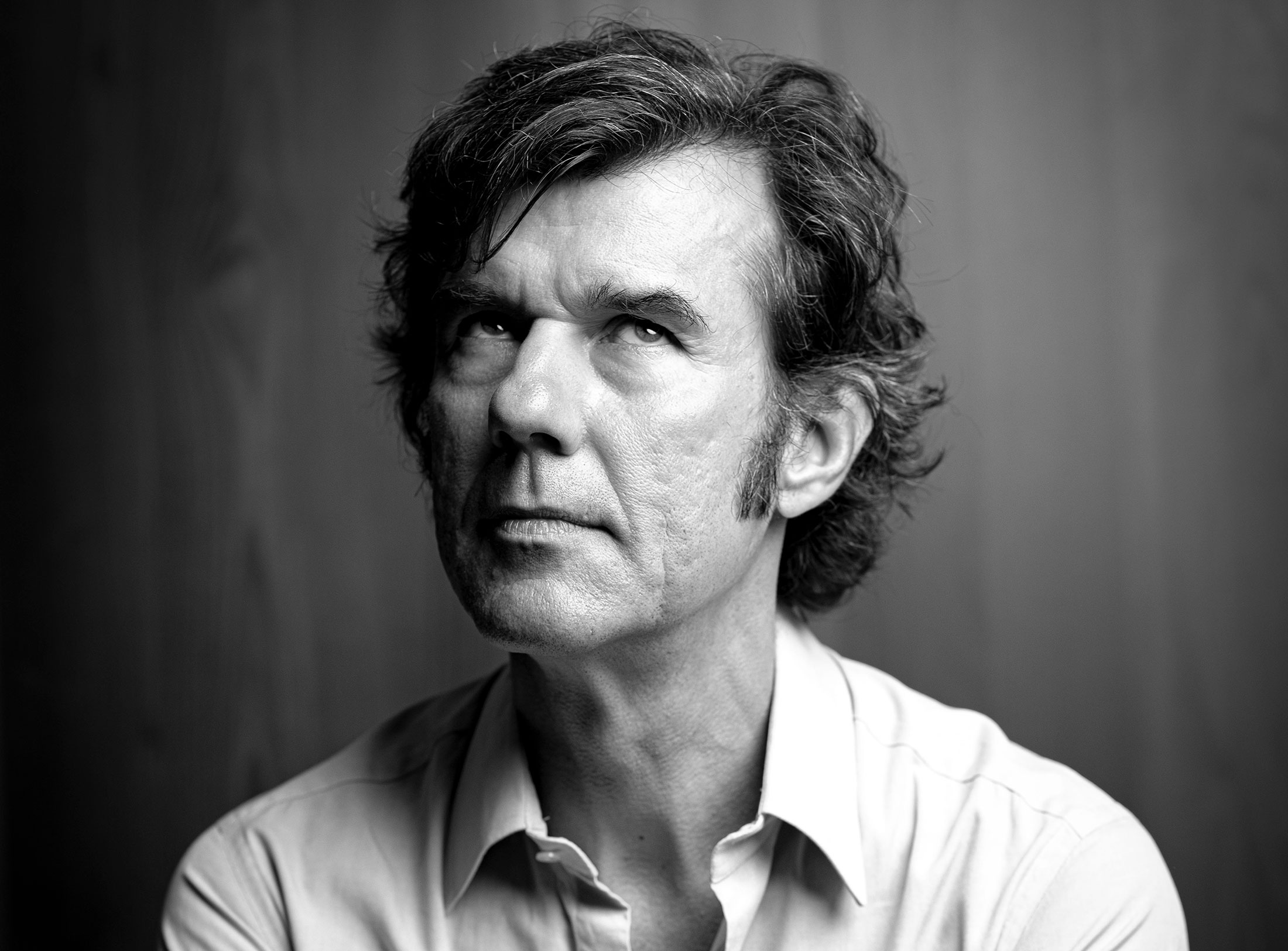
An interview with design icon Stefan Sagmeister about typefaces, beauty and the legacy of Otl Aicher.
The International Design Center Berlin (IDZ) invites you to a slide show and panel talk at Architektur Galerie Berlin on 20 October. Karsten de Riese and Prof. Michael Klar will report on a photo reportage commissioned by BMW that took them to Tunisia in 1975 together...
On the occasion of the 50th anniversary of the 1972 Olympic Games, the IDZ invites you to a discussion on the vision of the Munich Games and the status quo as well as the future of the Olympic movement on 26 August. The event at Berlin’s Akademie der Künste on Pariser...
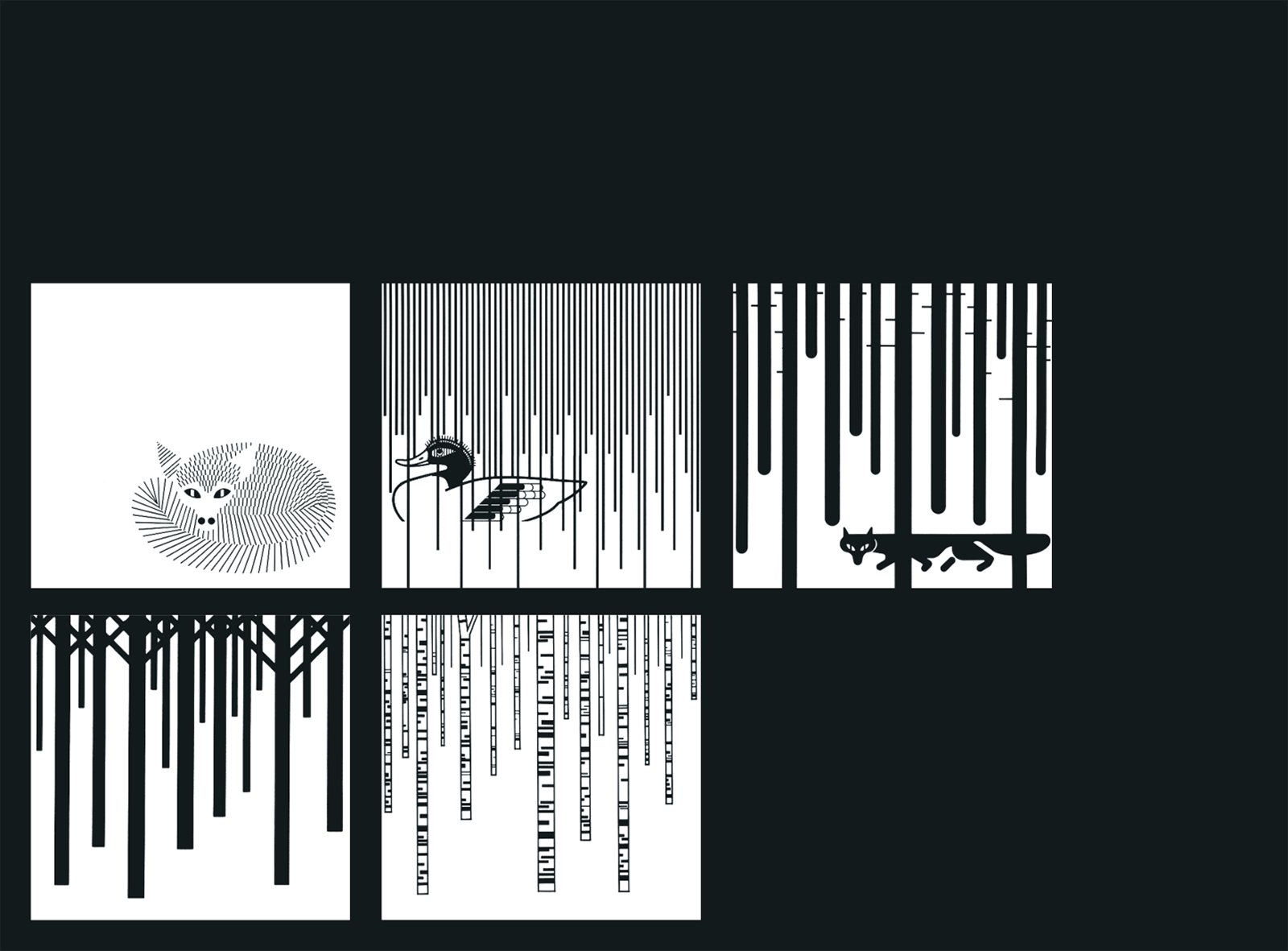
Isny im Allgäu owes Otl Aicher a corporate design that is concise, bold and singular.
With a retrospective of Otl Aicher’s book “kritik am auto – schwierige verteidigung des autos gegen seine anbeter” (Criticism of the Car – Difficult Defence of the Car against its Worshippers) published in 1984, the IDZ continues its series of events on the “otl...
Today marks the centenary of Otl Aicher’s birth. The International Design Center Berlin (IDZ) is taking this date as an opportunity to pay tribute to this great designer. With otlaicher100.de, a new online platform is being launched – a curated space that provides...
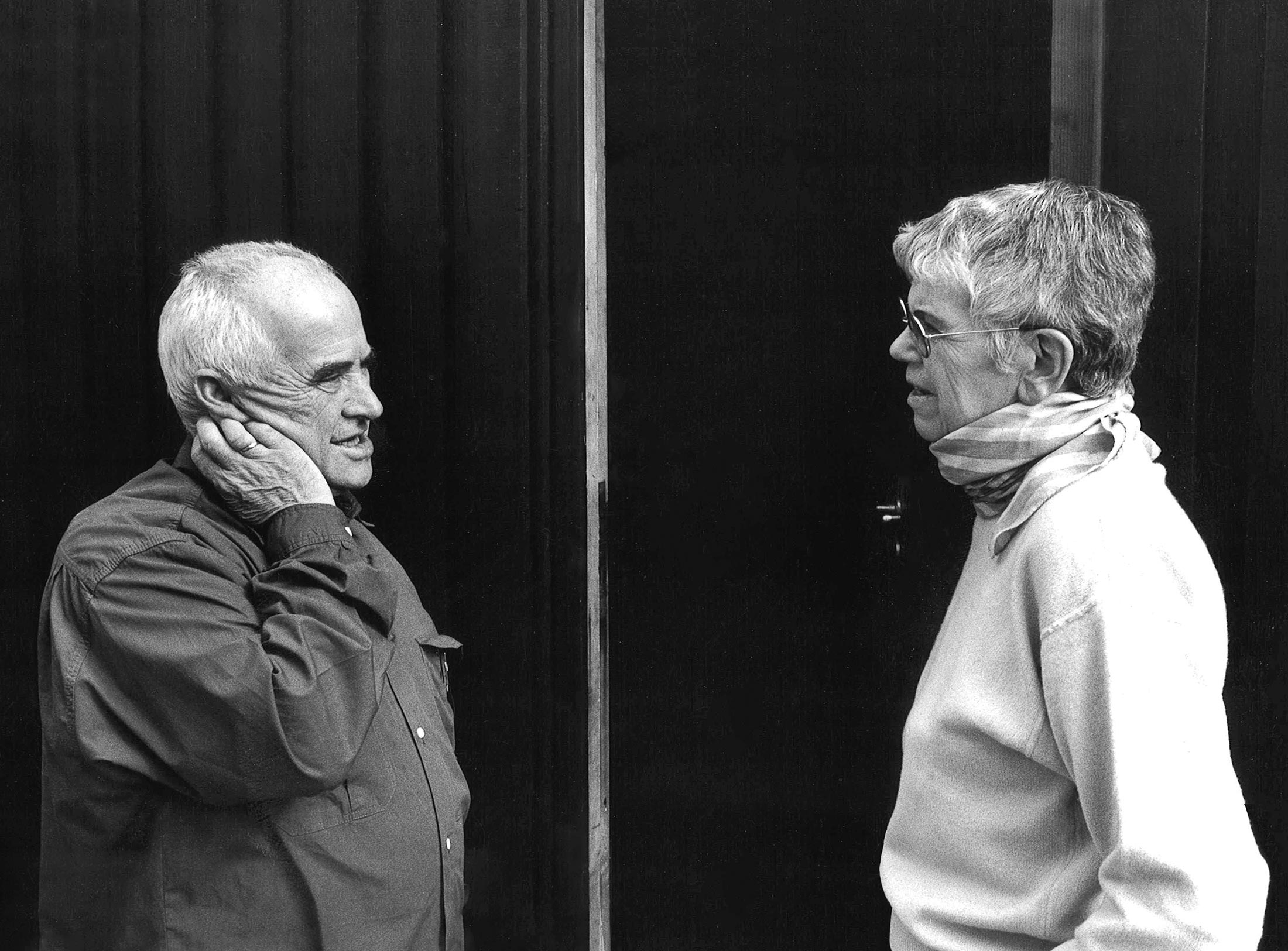
Reflections on Inge Aicher-Scholl and Otl Aicher.
The International Design Center Berlin (IDZ) is taking Otl Aicher’s centenary as an opportunity to pay tribute to this great designer and to make his work visible. An online platform and a series of events will address Otl Aicher’s multifaceted cosmos of topics and...
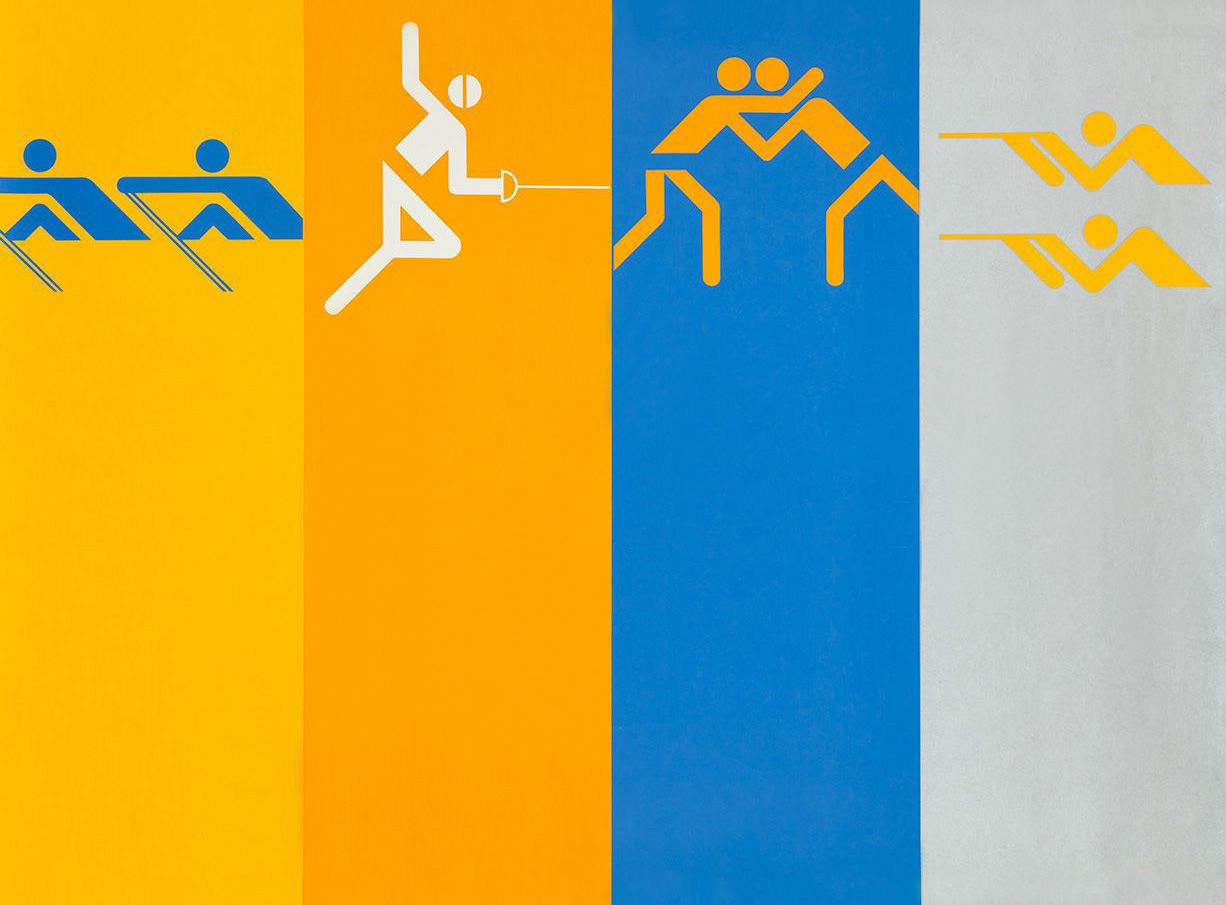
Eine Stadt leuchtet: Mit seinem farbenfrohen Erscheinungsbild der XX. Olympischen Sommerspiele 1972 setzte Otl Aicher ein Signal. Die junge Bundesrepublik war in der Moderne angekommen.
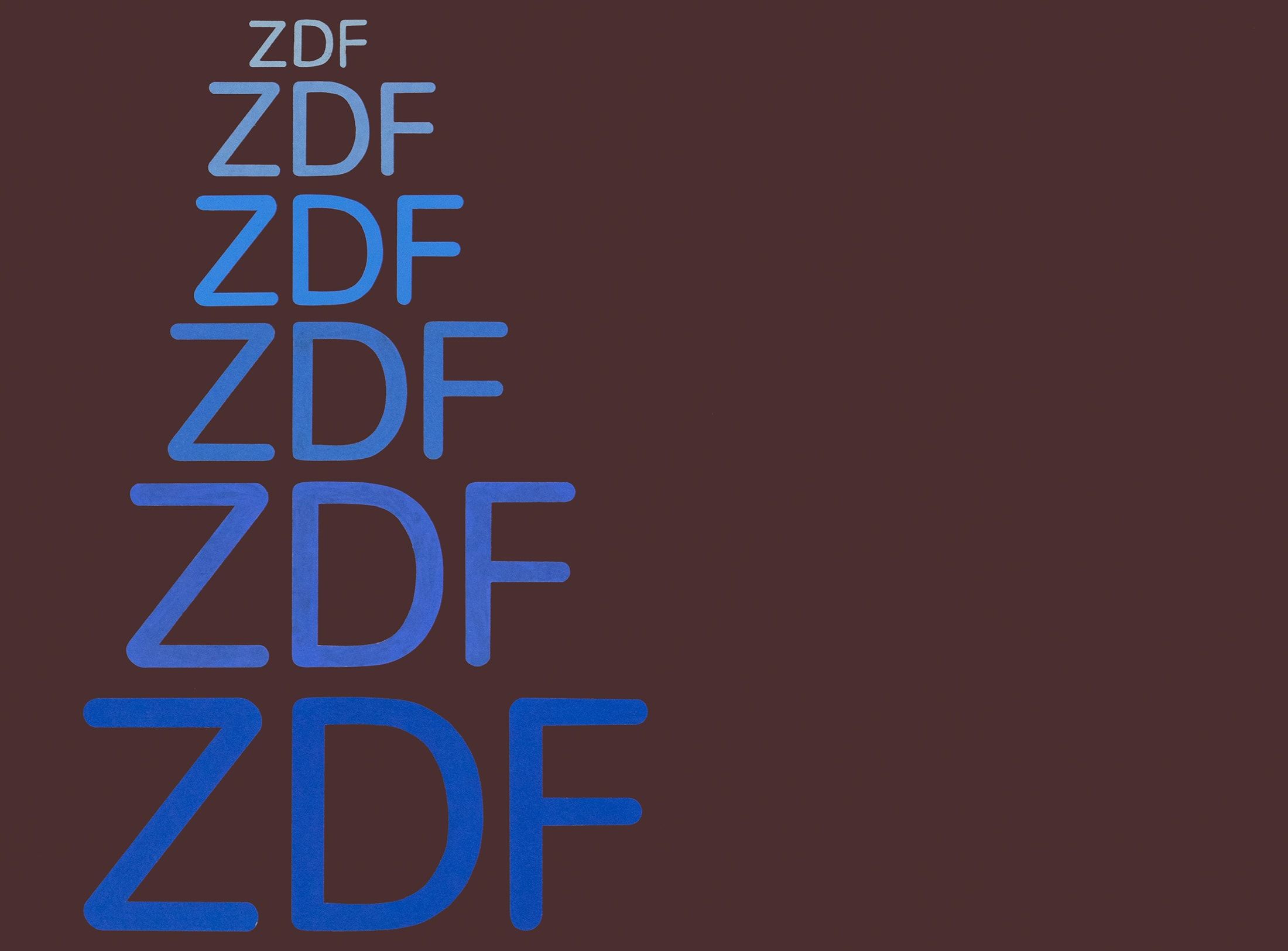
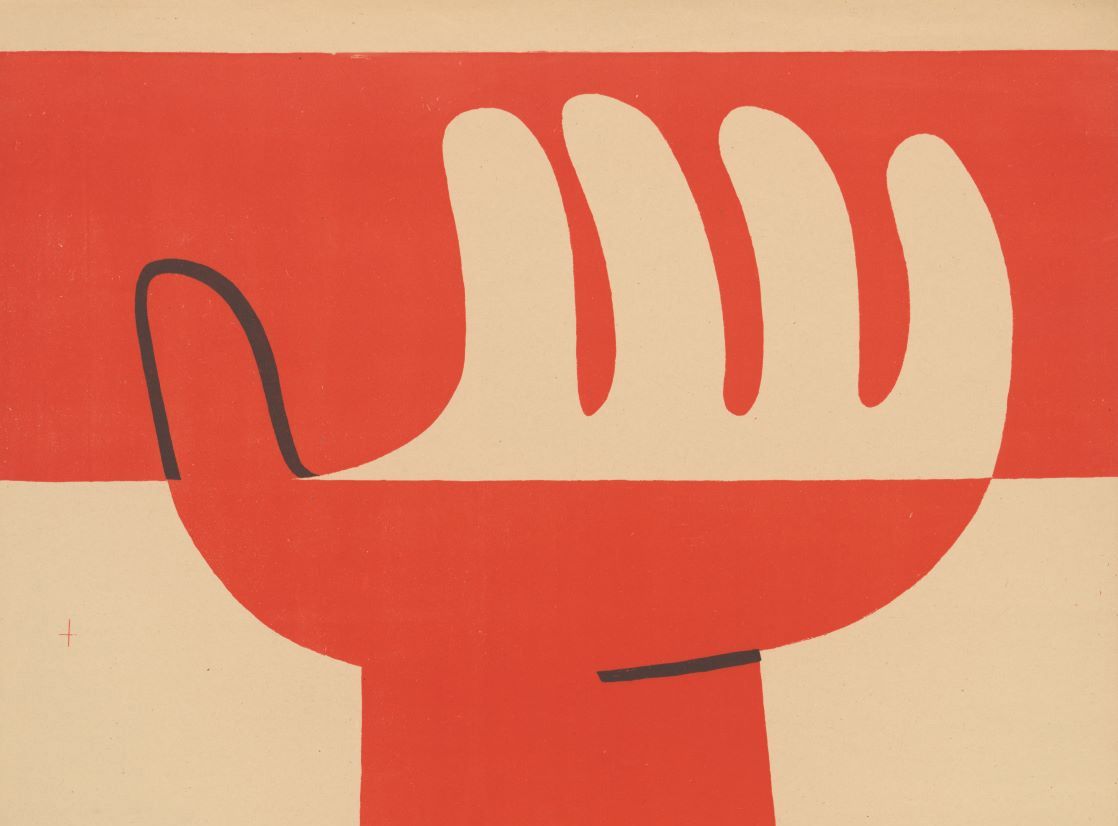
Otl Aicher’s Poster displays for the Ulmer Volkshochschule (Ulm Adult Education Centre).
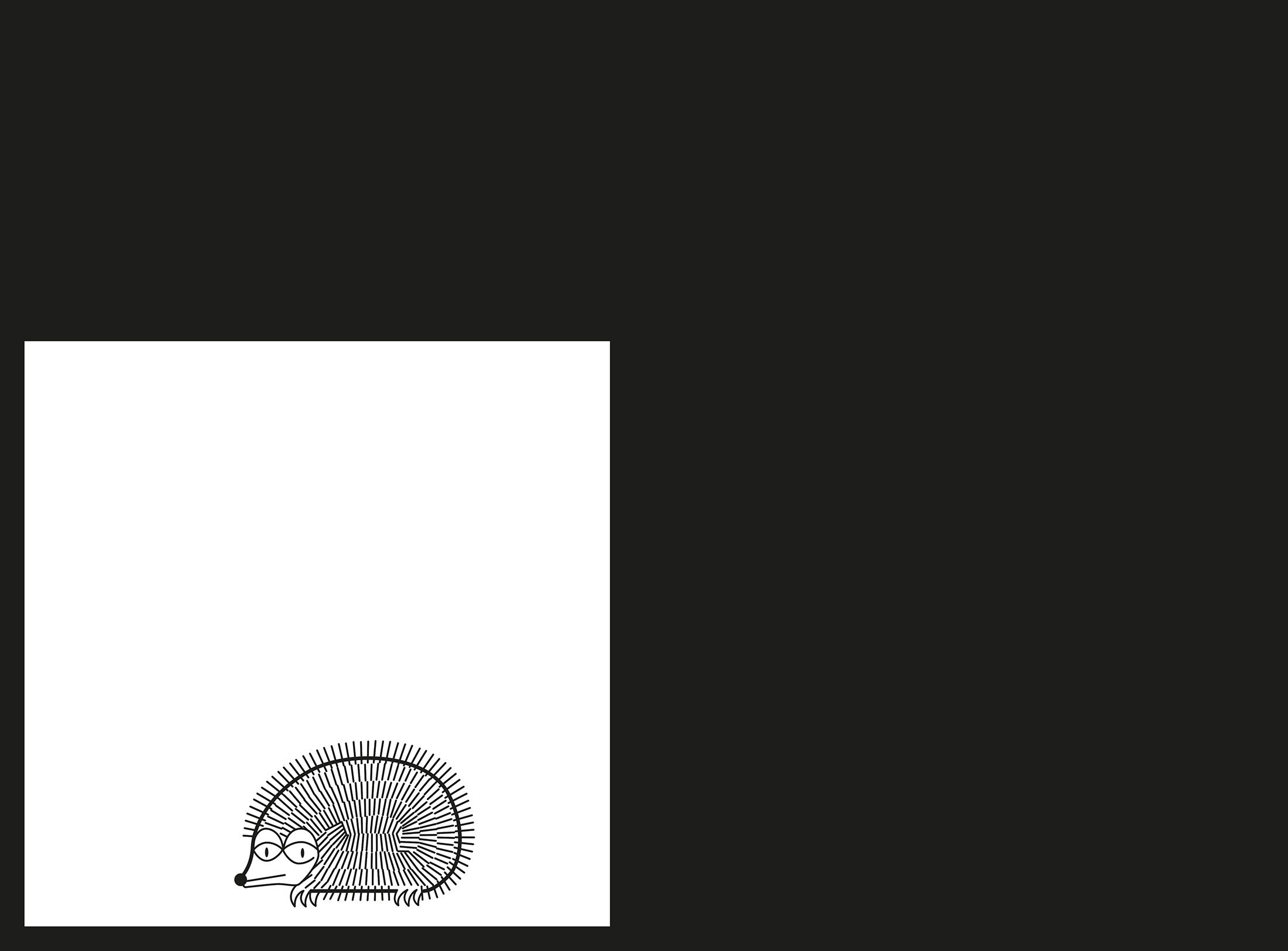
From O to R: Let’s talk about a hedgehog, standardisation and neurotis for a change (please click on the letters).
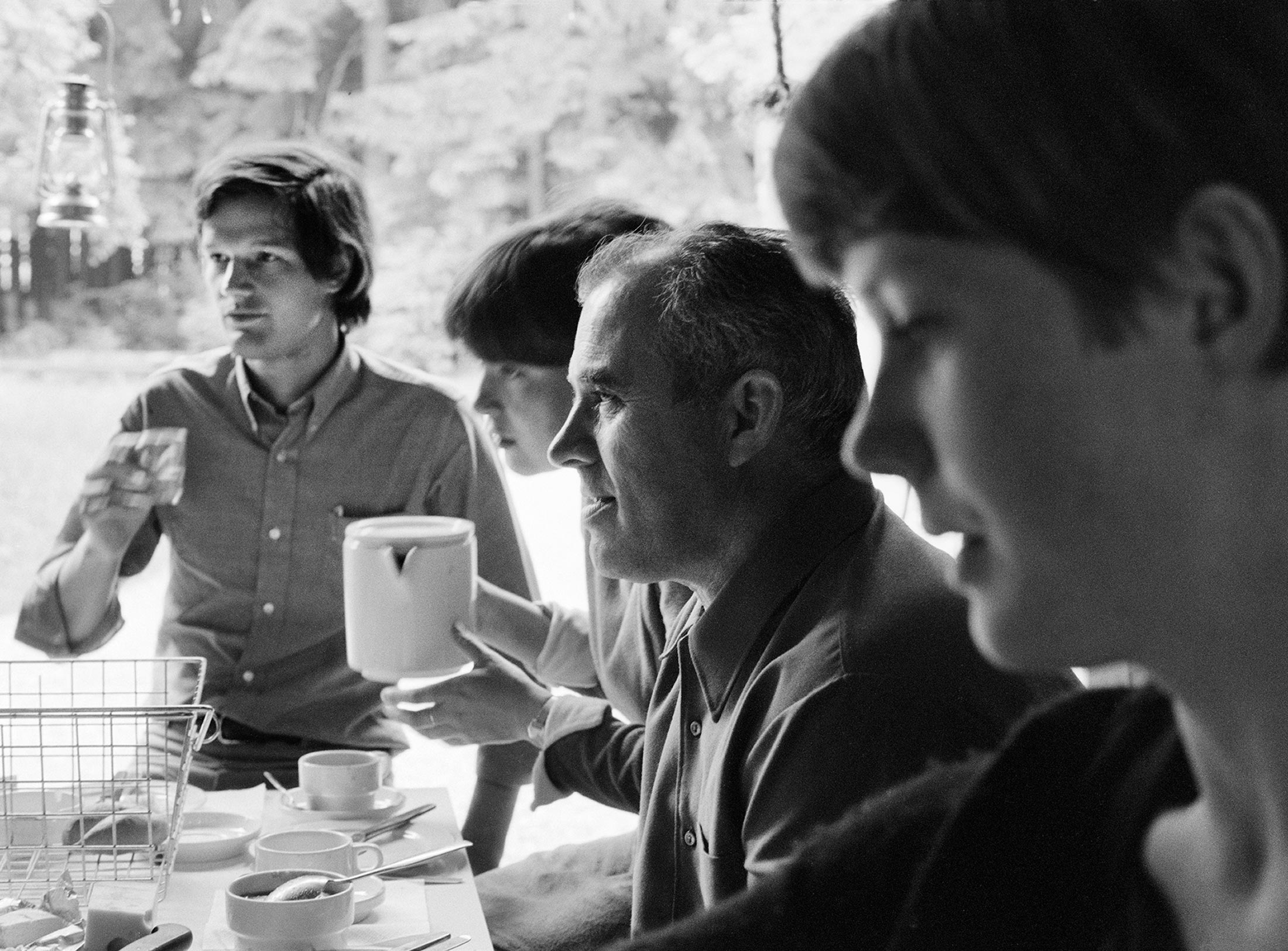
Otl Aicher’s Dept. XI team: the visual identity of the Munich ’72 Olympics was the work of graphic designers, illustrators and technical staff from all over the world.
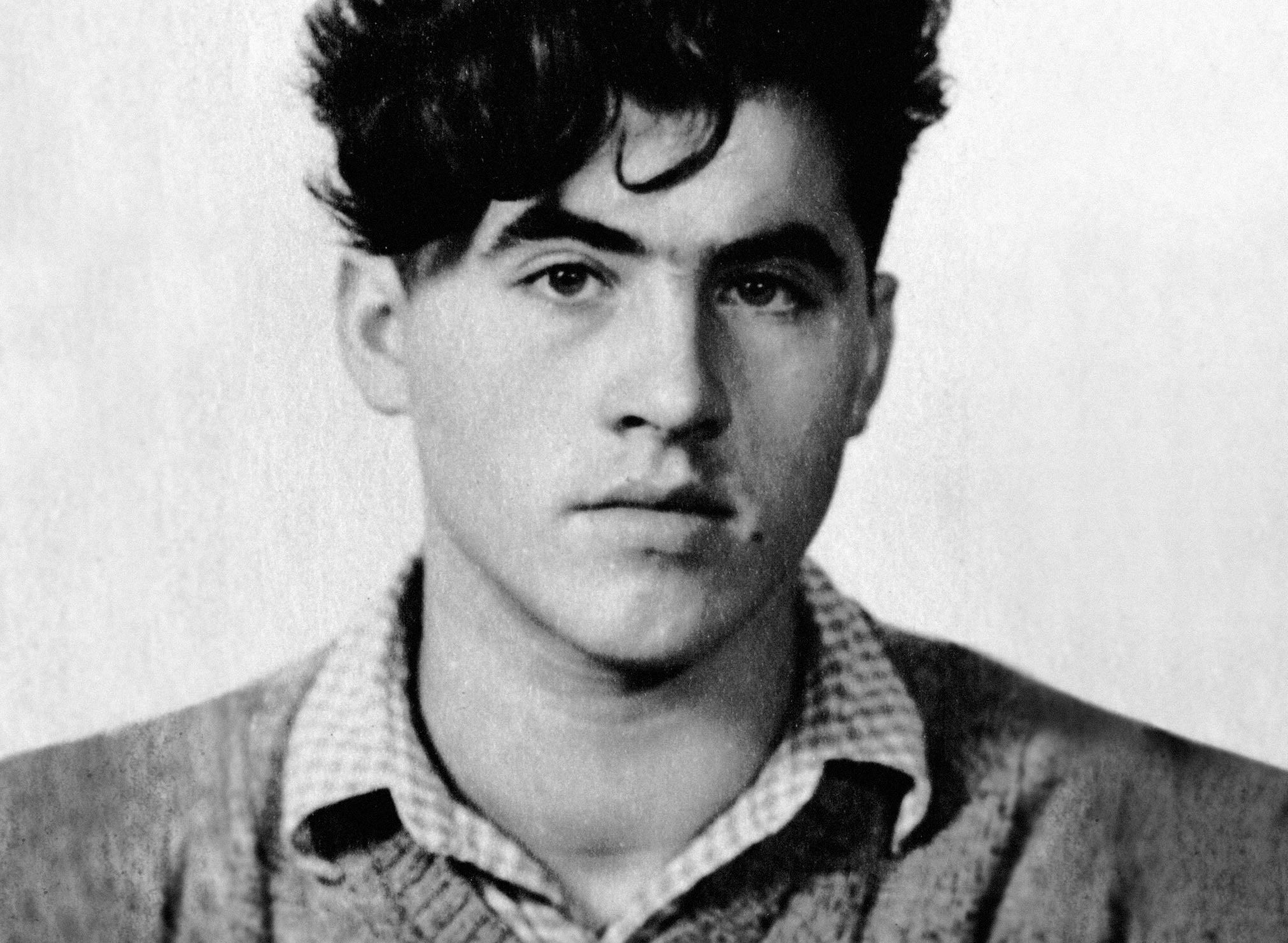
Aicher’s childhood and youth: the years 1922 to 1945.

Otl Aicher’s signage systems for airports, metro stations and hospitals are considered exemplary to this day.
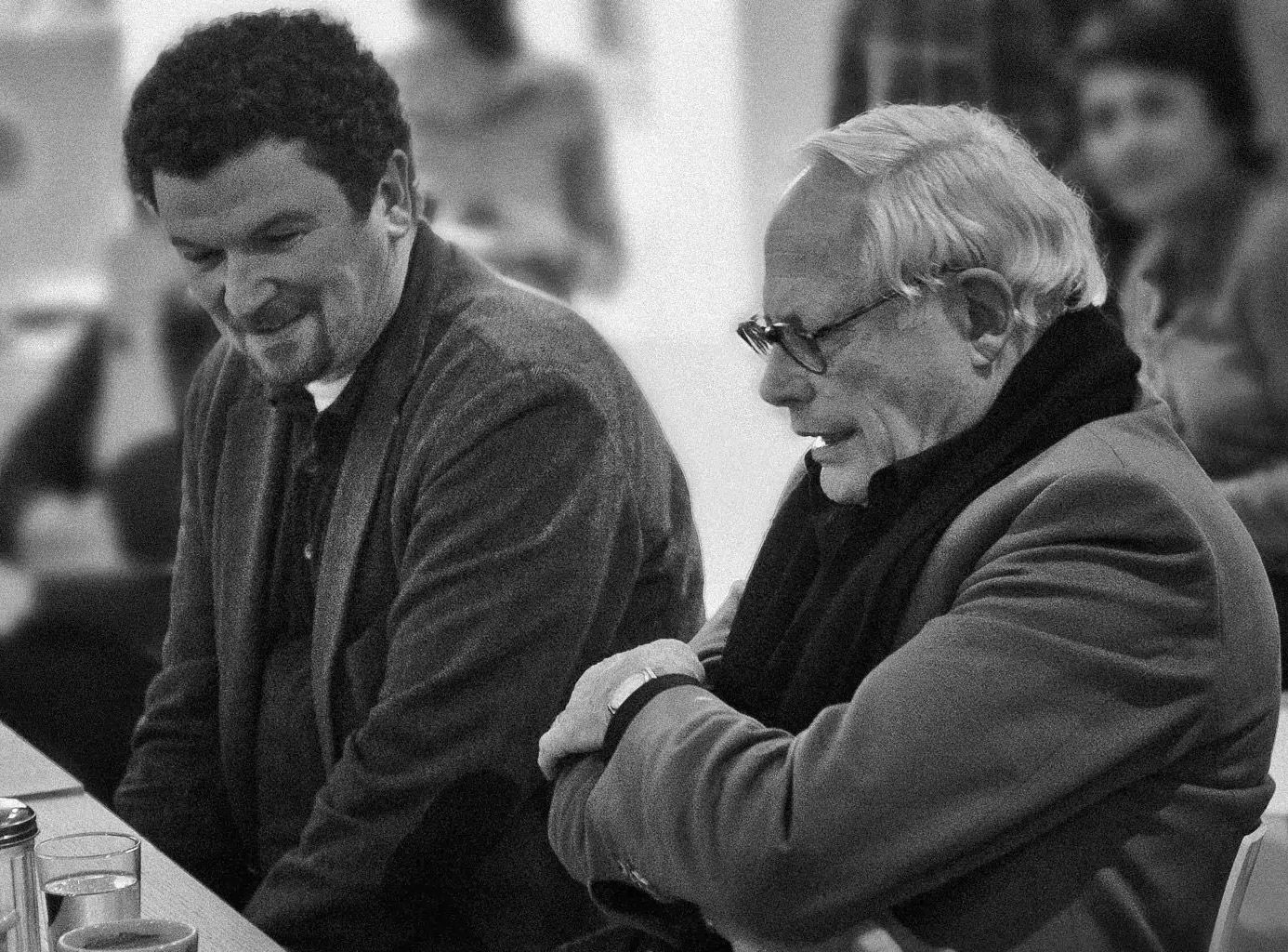
Der einstige Braun-Chef-Designer im Gespräch über den Co-Gründer der HfG.
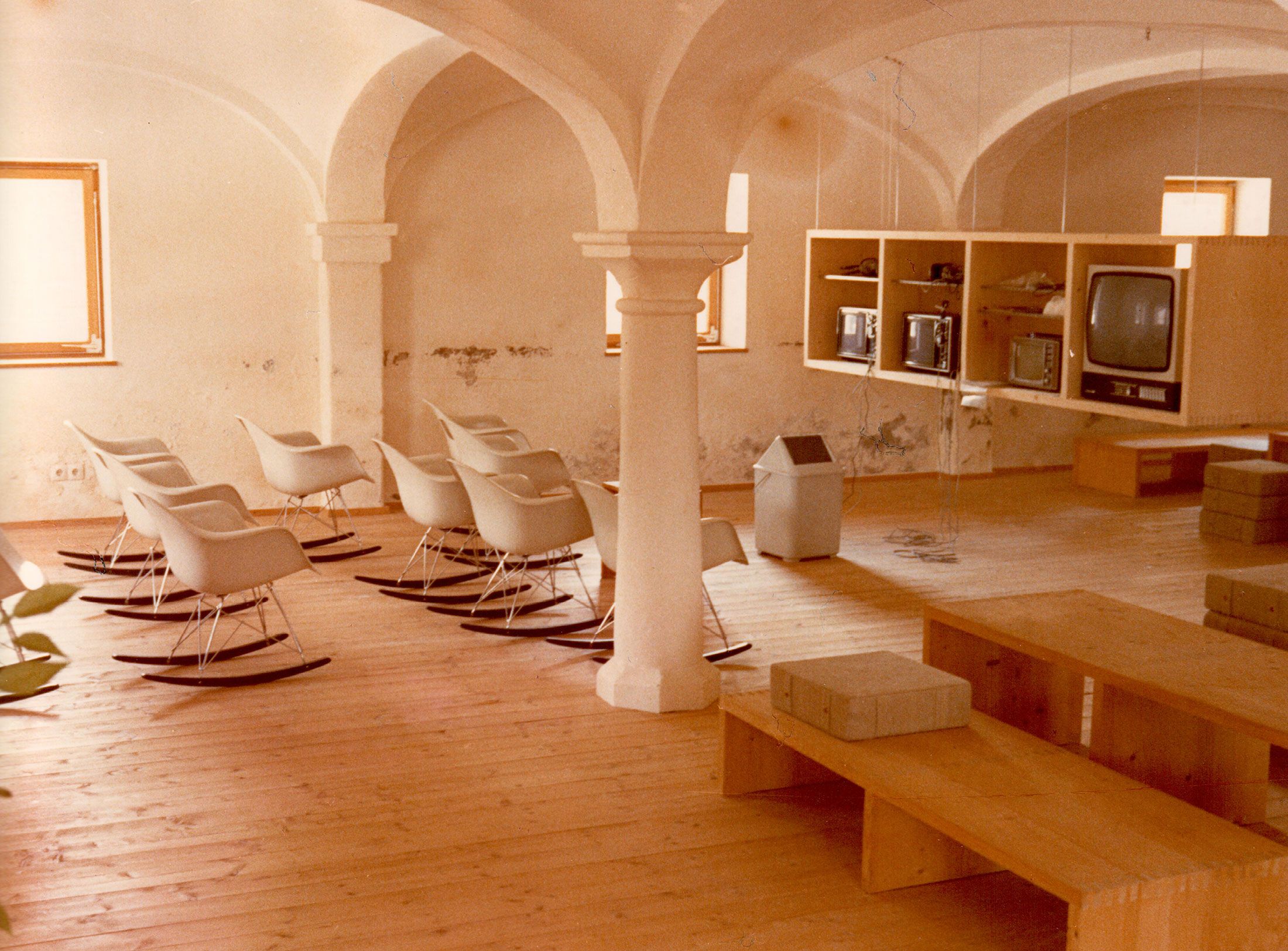
A Broadcast: What is his place in today’s world?
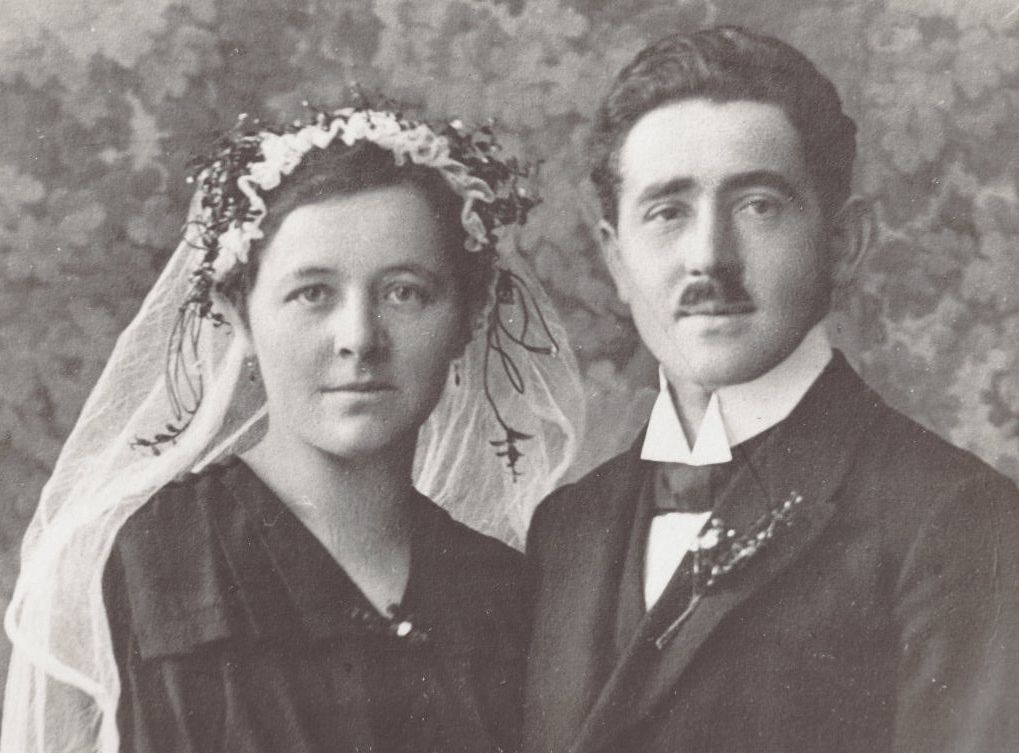
The Aichers: a brief family history.
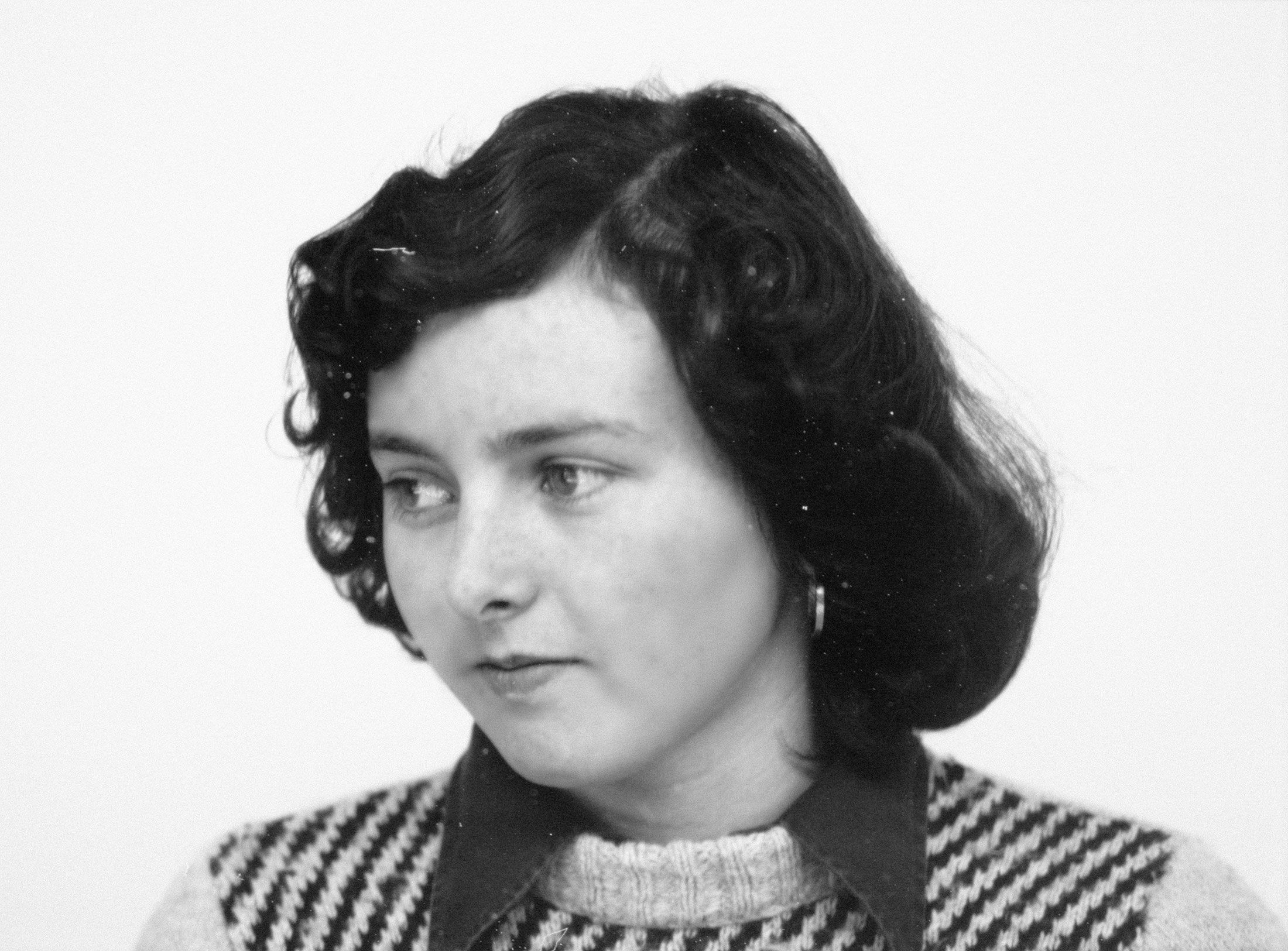
Drawing in Rotis: former Aicher co-worker Reinfriede Bettrich talks about hand sketches, the first computers and everyday life at the office.
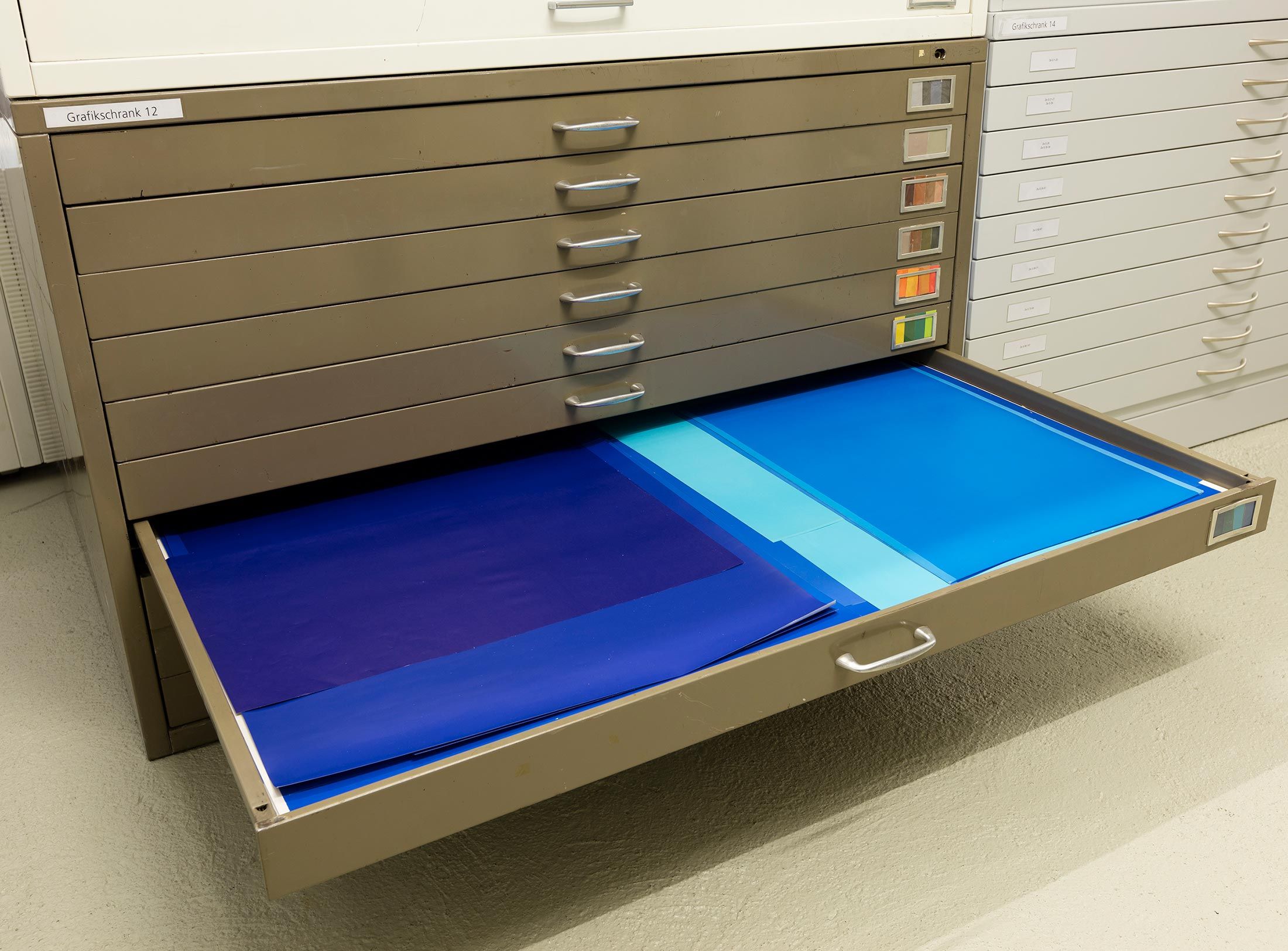
How Otl Aicher’s papers and materials came to the HfG-Archiv/Museum Ulm.
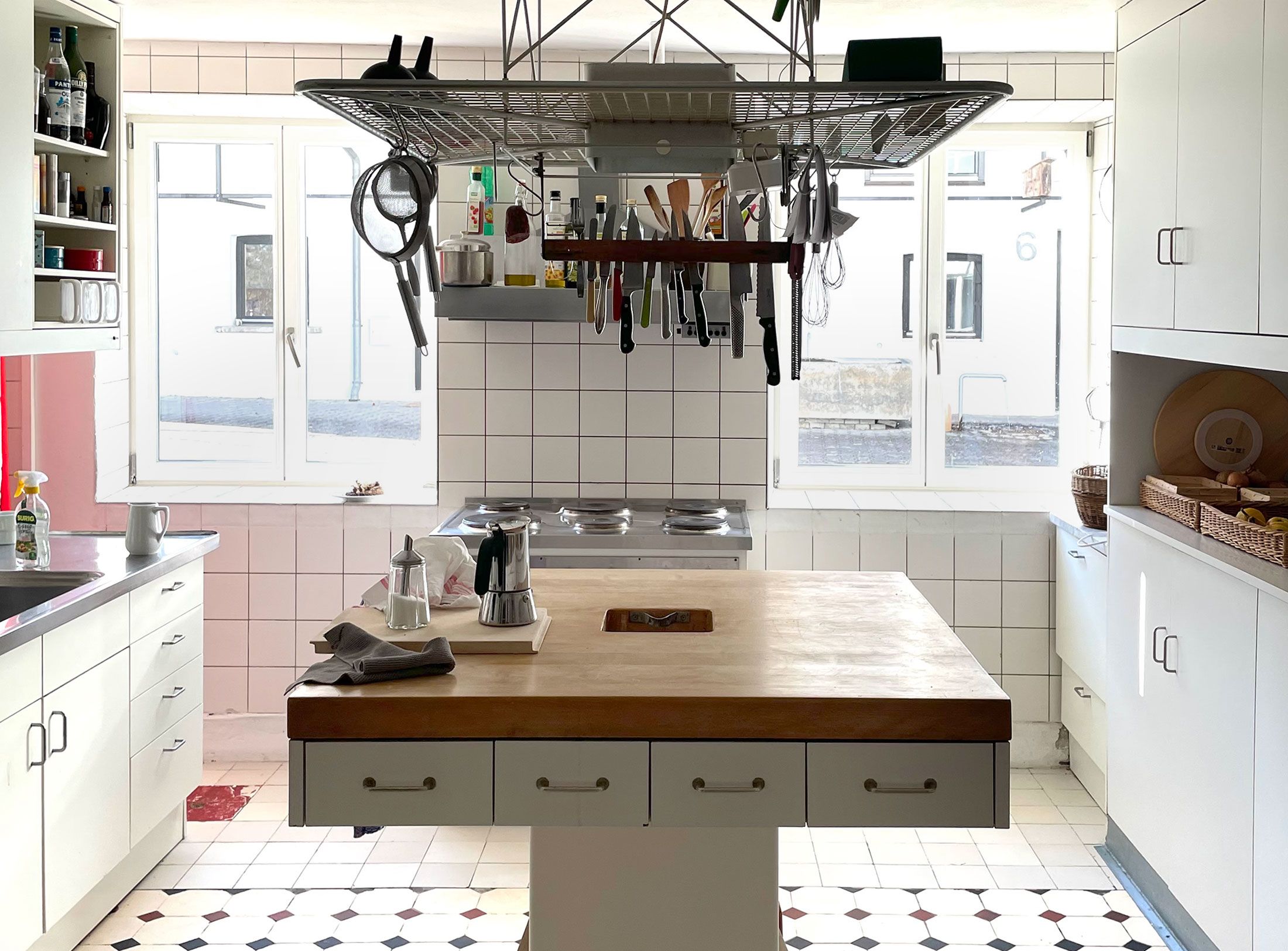
Die Küche zum Kochen (The Kitchen for Cooking) – the genesis of a book that has lost none of its relevance.
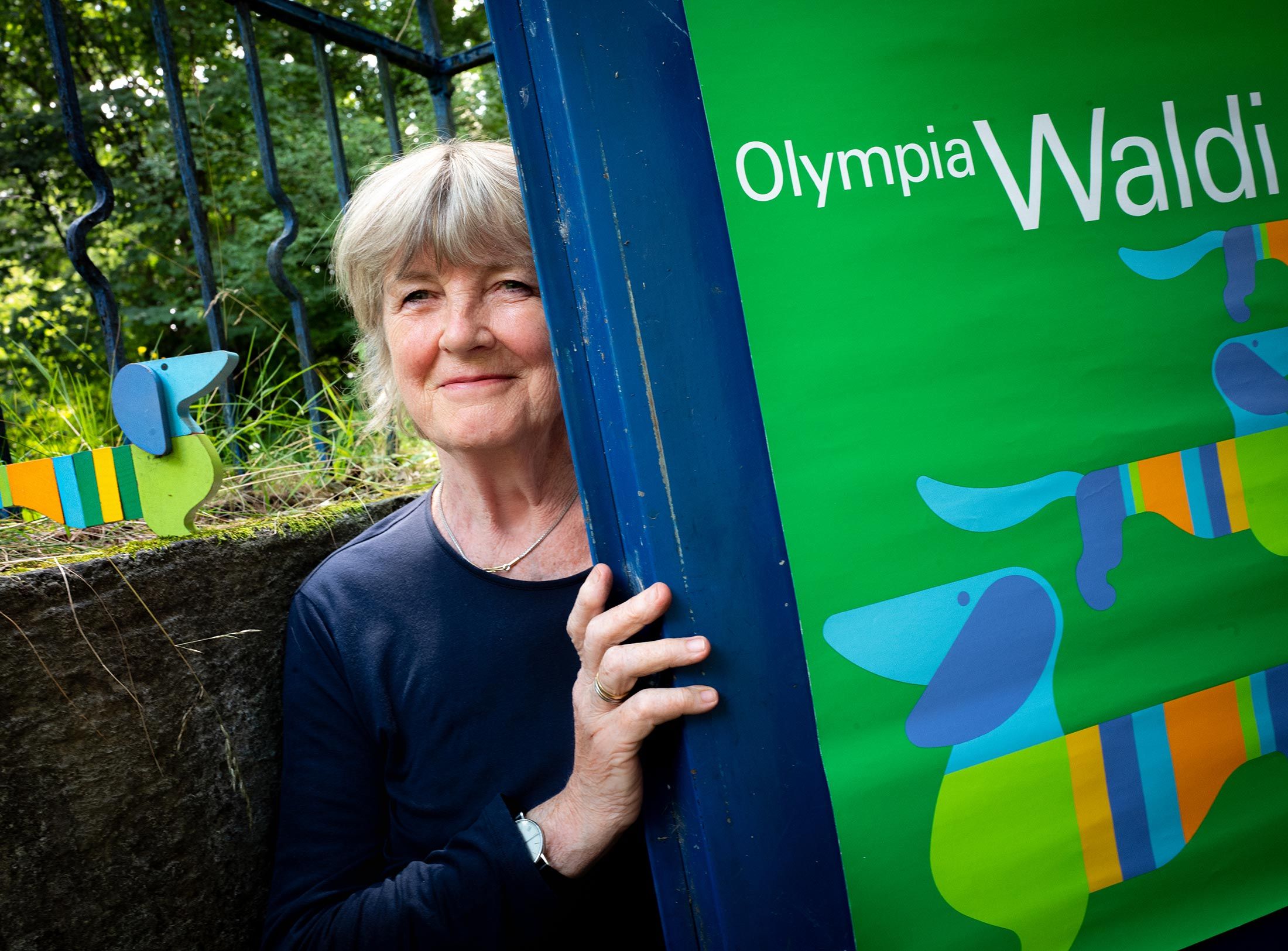
How a dachshund conquered the world: former Aicher staff member Elena Schwaiger on plush animals, fakes and the authentic mascot of the 1972 Olympic Games in Munich.
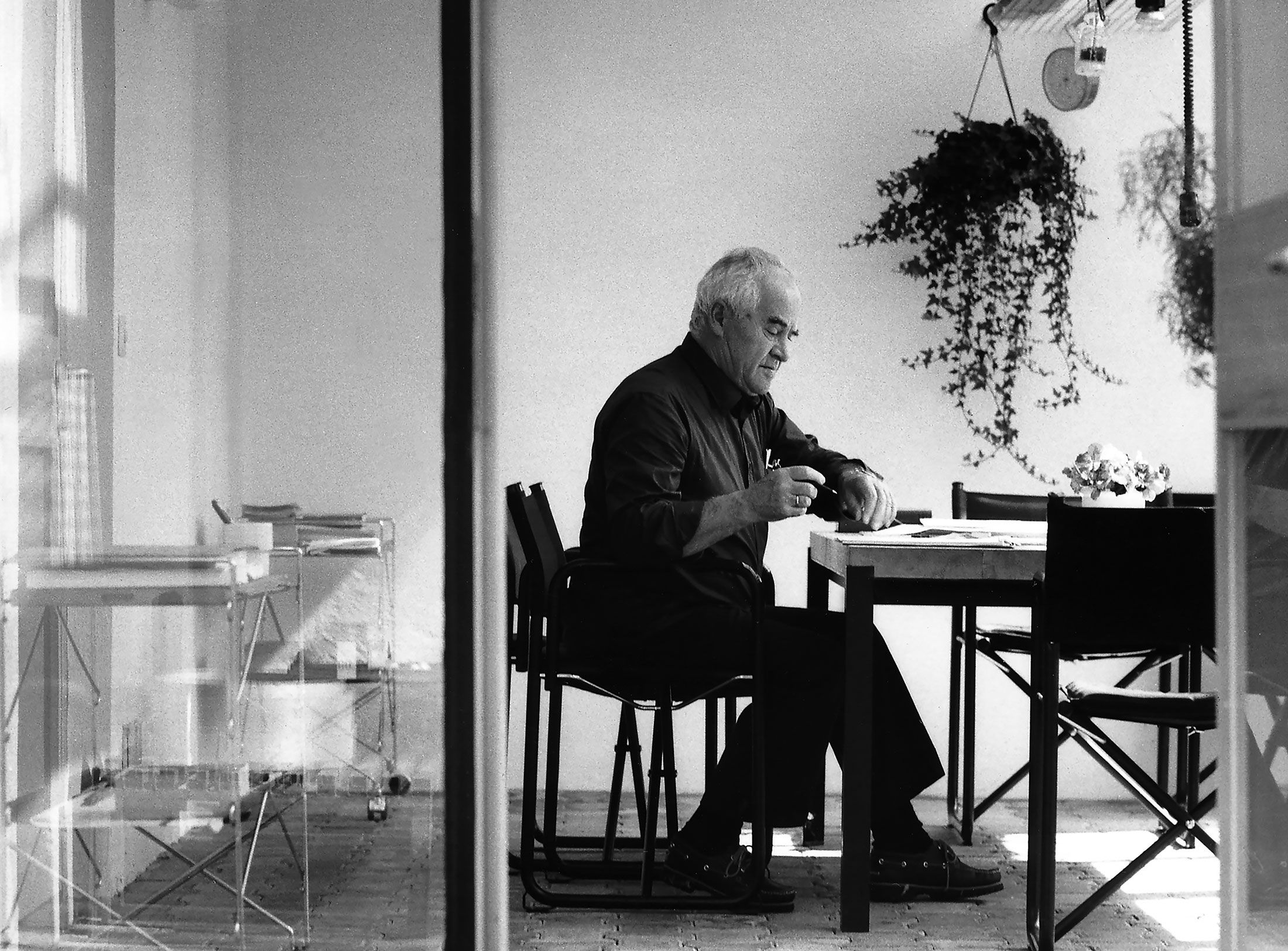
Le Violon d’Ingres or An Attempt to Defend the Writings of Otl Aicher.

Otl Aicher as the architect of Rotis.
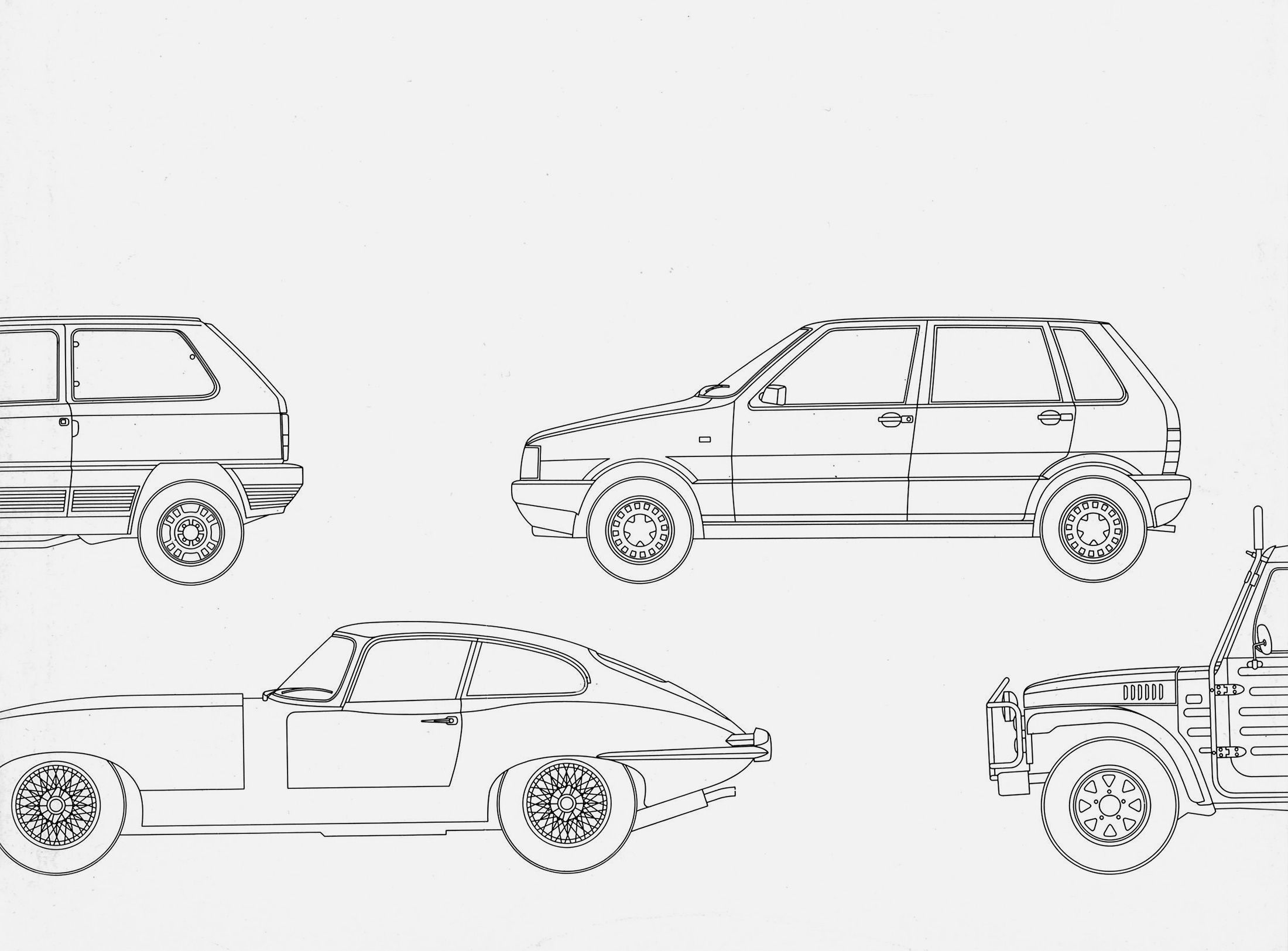
Otl Aicher and his critique of the automobile.
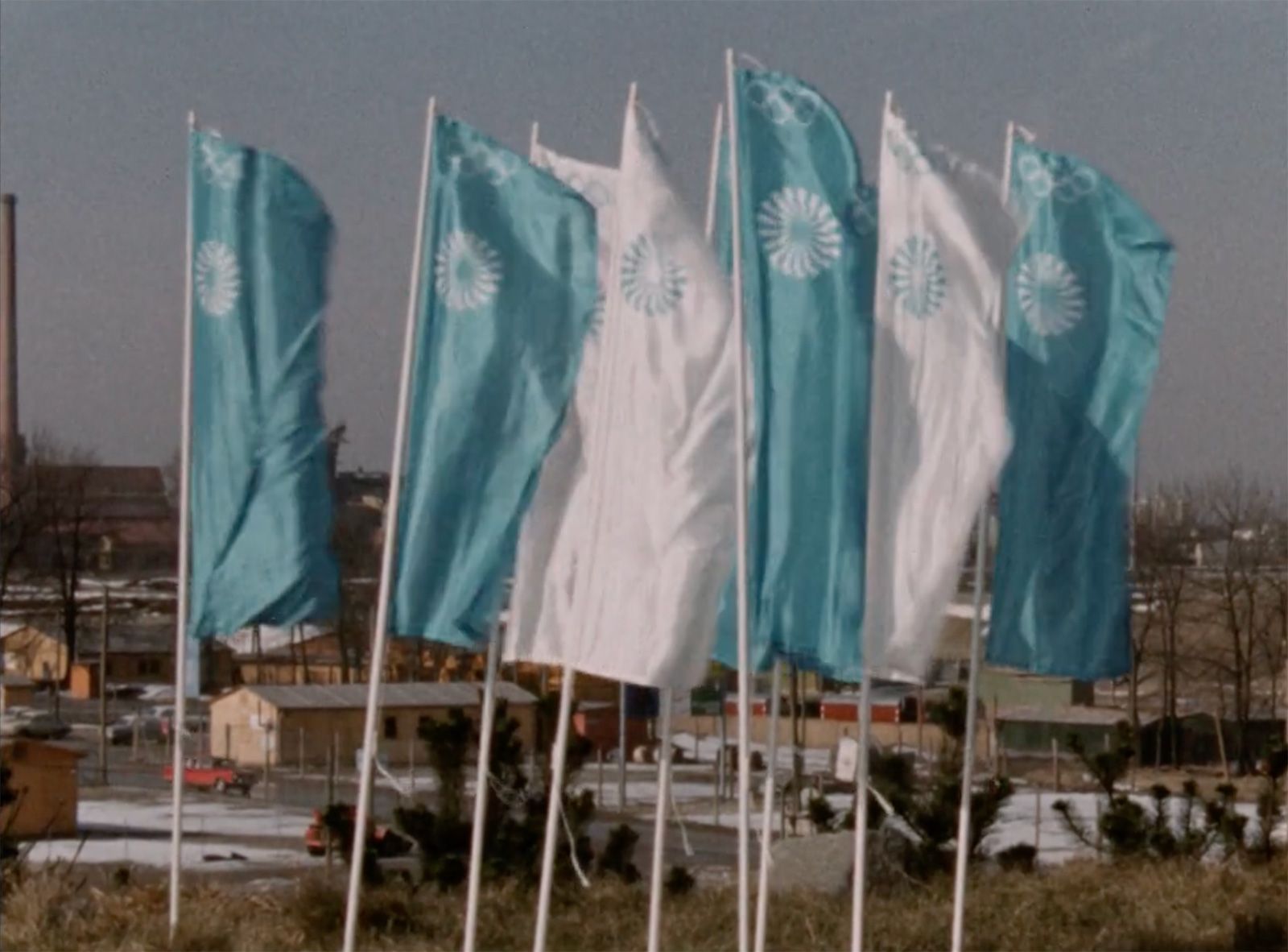
First broadcast: 15.02.1971 on Bayerischer Rundfunk, Munich (Only available in German).
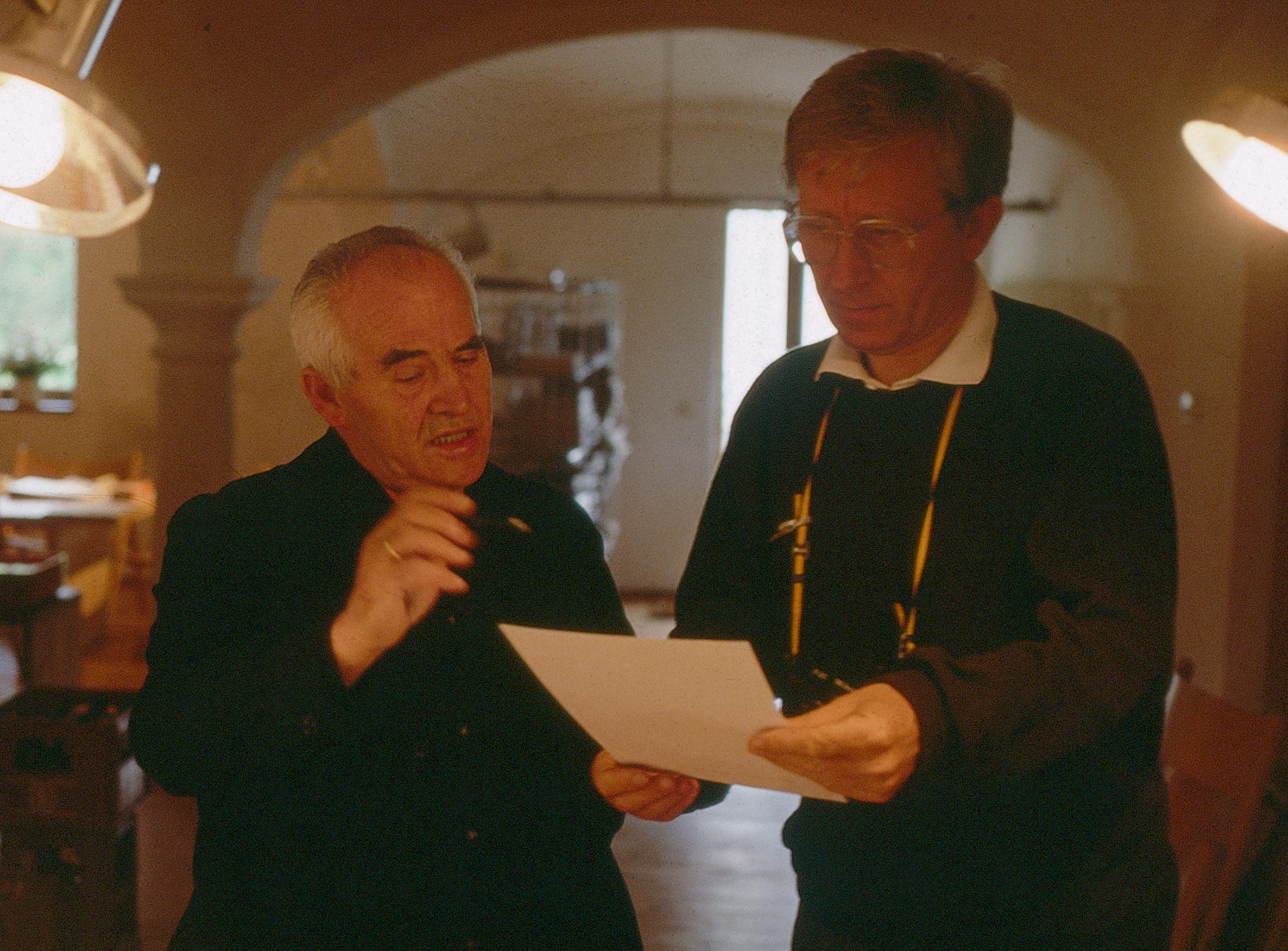
Interviewed: Jürgen Werner Braun on his collaboration with Otl Aicher.
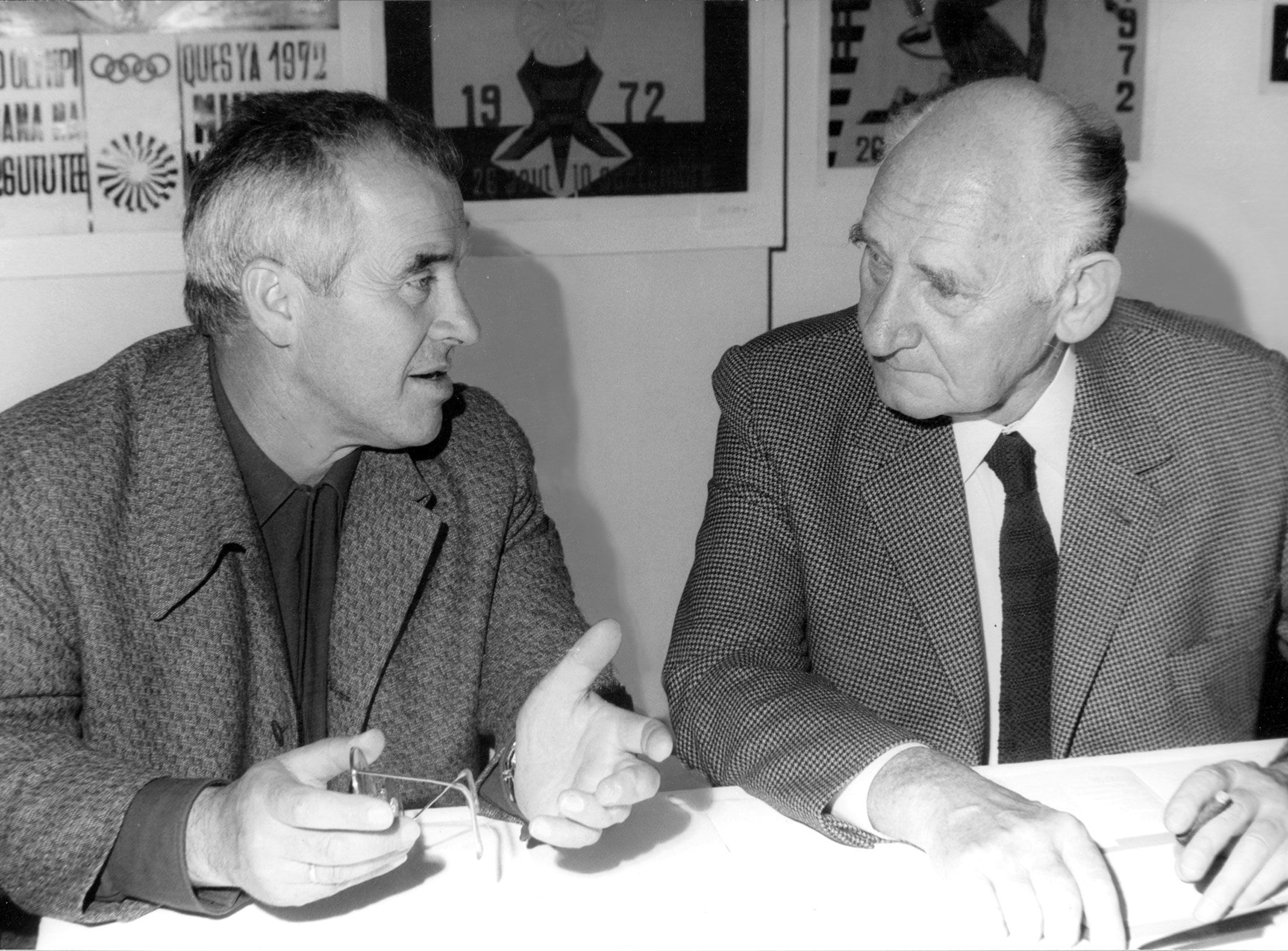
They created the signature of an epoch: designers Otl Aicher, Willy Fleckhaus, Anton Stankowski and Kurt Weidemann.
Hans G. Conrad was the first student at the Ulm School of Design. Born in the Swiss canton of Aargau, Conrad was only four years younger than Otl Aicher. He had already enrolled in Ulm at the beginning of 1953, although classes did not begin until August. He had come to Ulm through personal contact with Aicher, with Inge Aicher-Scholl and founding headmaster Max Bill. He worked with Aicher on the system for the exhibition pavilion for the German Radio-, Phono- and Televisionexhibition in Düsseldorf in 1955, which served as a framework for new types of products by putting contemporary living and Braun products into context. This helped to significantly change the image and appearance of the Frankfurt based company Max Braun. The stand provided the framework for the phono-radio-combination “Braun SK4 Phonosuper”, mainly designed by Hans Gugelot and Dieter Rams – Wilhelm Wagenfeld, Otl Aicher and Herbert Lindinger had also contributed to details of the device.
From 1958, Conrad was in charge of the trade fair and exhibition design at Braun. In 1962 he moved to Lufthansa as head of advertising. From 1969, Conrad worked on the Visual Design Committee for the Munich Olympic Games (whose chairman was Anton Stankowski). Hans G. Conrad was of great importance as a contact person, companion and supporter of Aicher on the side of his early, important clients. From 1970, Conrad was a member of the editorial board of the magazine Capital. And he was always a factual visual chronicler of his surroundings.
The Cologne publicist, advertiser and university lecturer René Spitz completed his PhD with a work on the organisational history of the HfG Ulm from its beginnings to its end. As a professor, he now teaches design studies, design- and communication management at the Rheinische Fachhochschule Köln. Spitz has been preparing Hans G. Conrad’s extensive photographic oeuvre for years and publishing it in accurately edited volumes. His latest book was published in 2021 on the teaching activities of Josef Albers in Ulm (“Interaction of Albers”), now followed by “aicher in ulm”. Spitz says his aim is “to document facts so that they can serve as a basis for any following studies.”
The work contains more than 900 illustrations, 800 of which show Aicher with students and teachers, in his work for companies such as Braun or the Stuttgarter Gardinen (a not very well-known corporate design project of Aicher’s from the 1960s). Results of his typography teaching are also documented here. Aicher can be seen getting excited about motorbike racings and celebrating at the curved bar of the HfG Ulm, as well as receiving and informing guests of the HfG Ulm – from Theodor Heuss to Konrad Lorenz. An essay by the cultural scientist Thilo Koenig places Conrad’s images in their photographic-historical context. René Spitz himself contributes a text on Aicher’s teaching in Ulm. The book is designed by Petra Hollenbach.
René Spitz (ed.): Hans G. Conrad: aicher in ulm. Forewords by Alexander Wetzig, Stiftung Hochschule für Gestaltung (HfG) Ulm, and Volker Troche, Alfried Krupp von Bohlen und Halbach-Stiftung, Essen.
344 pages, bilingual German/English
Verlag der Buchhandlung Walther und Franz König, Cologne 2022
78 Euro